The Importance of Stainless Steel
Stainless steel sheets are an ideal choice for many industries due to their superior strength, corrosion resistance and customization capabilities. As industrial technology continues to advance, the requirements for materials are also getting higher and higher. In various manufacturing applications, a material that can provide high strength while resisting corrosion is needed.
1.Advantages of stainless steel
(i) High tensile strength
Stainless steel sheet has high tensile strength and a yield strength between 205 MPa and 515 MPa, making it suitable for demanding applications such as construction, automotive, and aerospace. It can withstand high stresses without deformation, providing excellent structural integrity for the product.
(ii) Impact and fatigue resistance
It also has excellent impact and fatigue resistance, which is critical for parts that are subjected to repeated loads. It can still maintain stable mechanical properties under extreme temperature changes, which has obvious advantages over carbon steel.
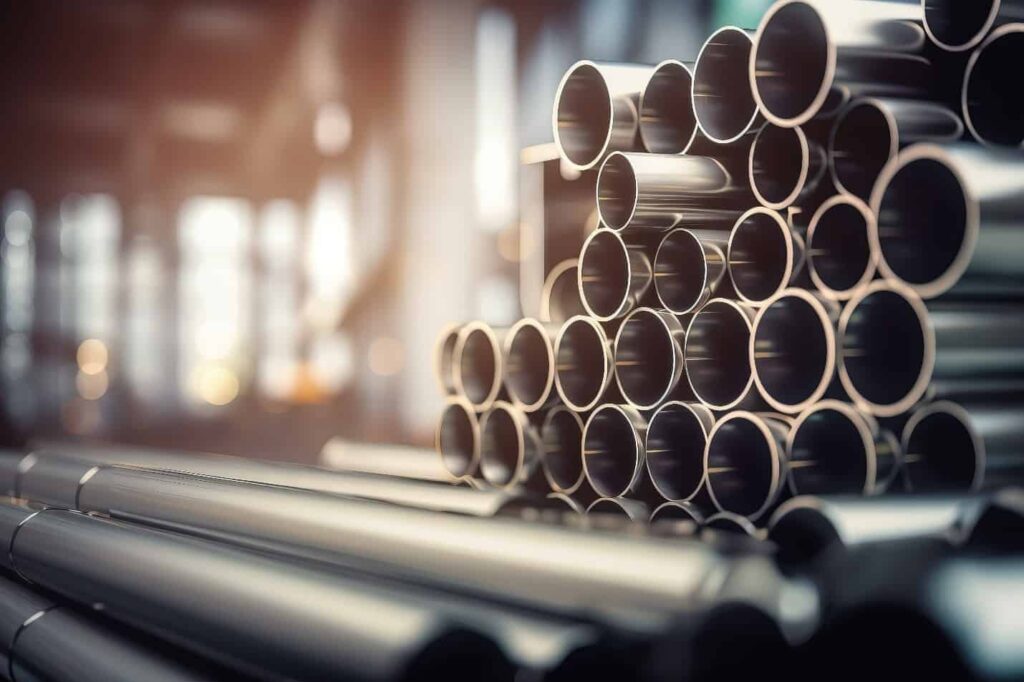
(iii) Reduce operational risks and costs
Parts made with stainless steel sheets have a longer service life and better performance, reducing operational risks and costs associated with wear. For industries that require durable, high-performance materials, it is the first choice to ensure excellent durability.
(iv) Can be processed into various shapes and sizes
It can be easily made into various shapes and sizes by cutting, bending and welding while maintaining its inherent strength. This makes it the material of choice for industries that require complex geometries and strict tolerances.
2.How to prevent stainless steel from rusting and corrosion
(I) Choose non-abrasive tools
To protect the surface of stainless steel, non-abrasive tools such as soft cloth and plastic scouring pad should be used for cleaning. This can avoid scratching the surface during the cleaning process, thereby reducing the risk of rust.
(II) Use stainless steel pads
When there are obvious polishing marks on the surface, you can use a stainless steel pad to scrub in the direction of the polishing marks. This method can maintain beauty while cleaning.
(III) Clean along the polishing line or “texture”
When there are visible lines on the surface, the cleaning action should be parallel to the line. This ensures that the cleaning process does not damage the texture structure of the stainless steel, and it can also better remove stains and prevent rust.
If the surface texture is not obvious, use a soft cloth or plastic scouring pad for cleaning. These tools can effectively remove stains without damaging the stainless steel surface.
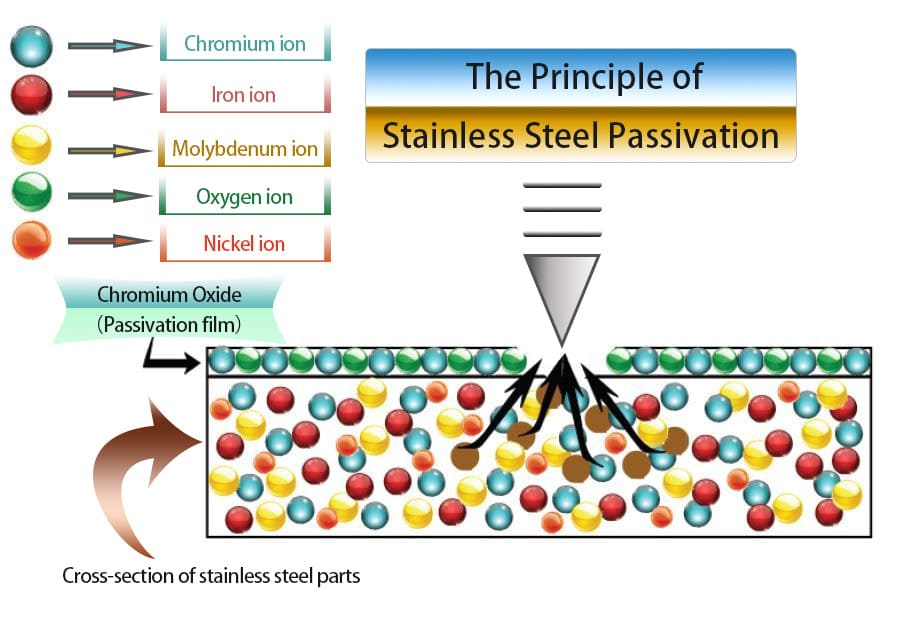
(IV) Choose the right detergent
Alkaline, alkaline chloride or chloride-free detergents should be used for cleaning. If the current detergent contains chlorides, you should seek alternatives from the supplier. At the same time, avoid using detergents containing quaternary salts to avoid pitting and rust.
For food equipment, alkaline, alkaline chloride or non-chloride detergents should also be used for cleaning. Frequent cleaning can avoid the accumulation of stubborn stains and reduce the possibility of rust.
(V) Treat water to reduce corrosion
By softening hard water, the formation of deposits can be reduced, thereby reducing the risk of corrosion. Minerals in hard water may deposit on the surface of stainless steel, destroying its surface passivation layer and causing rust.
Installing a filter can remove unpleasant and corrosive elements in the water and further protect the equipment. At the same time, you can also call a treatment expert to ensure proper water treatment methods.
(VI) Promptly rinse and wipe dry
After using chlorine-containing cleaners, equipment and supplies should be rinsed and wiped in time and wiped dry immediately. Chlorine-containing cleaners that remain on the surface of stainless steel will accelerate the rusting process.
Wipe away any accumulated water on the surface as soon as possible, especially when the accumulated water contains detergent. Accumulated water will provide conditions for rust, and timely drying can effectively prevent rust.
(VII) Avoid using hydrochloric acid
Never use hydrochloric acid on stainless steel. Hydrochloric acid is highly corrosive and can cause serious damage, leading to rust and corrosion.
(VIII)Regular inspections
Inspect equipment regularly to detect early signs of rust or damage. Timely detection of problems allows appropriate measures to be taken to prevent further corrosion.
(IX)Timely handling of problems
Once problems are found in stainless steel equipment, they should be resolved immediately to prevent the spread of corrosion. Its corrosion resistance can be restored by methods such as repassivating the surface.
(X)Passivated oxide layer
Stainless steel is known for its corrosion resistance, which comes from its high chromium content (usually over 10.5%). The passive oxide layer formed on the surface prevents rust and can be regenerated even if the material is scratched, providing continuous corrosion protection.
3.Investment value of stainless steel
(I) Upfront cost
Although the upfront cost may be higher than alternatives such as carbon steel or aluminum, in the long run, its durability ensures less downtime for replacement and repair, and low maintenance requirements can also reduce costs. For construction, automotive and food processing applications, stainless steel can reduce life cycle costs by 30-40%.
(II) Cost-effectiveness
For example, in building roof applications, the heat dissipation capacity of stainless steel can reduce cooling costs and increase its cost-effectiveness. Stainless steel sheets provide a high return on investment and are a long-term economical solution.
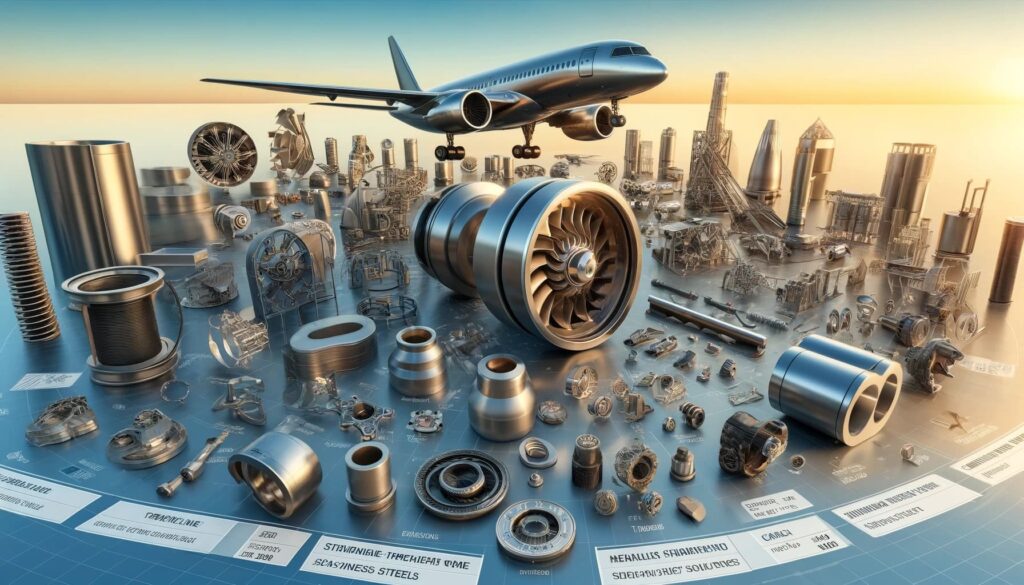
4.Application of stainless steel plates
(I) Automotive industry
With its corrosion and high temperature resistance, it is suitable for manufacturing exhaust systems, engine components and structural parts. These parts have a longer service life and reduce maintenance costs.
(II) Aerospace industry
Precision is critical in aerospace applications, providing the necessary durability and strength for aircraft components. Its tolerance to extreme temperatures and high-tolerance environments ensures safety and performance.
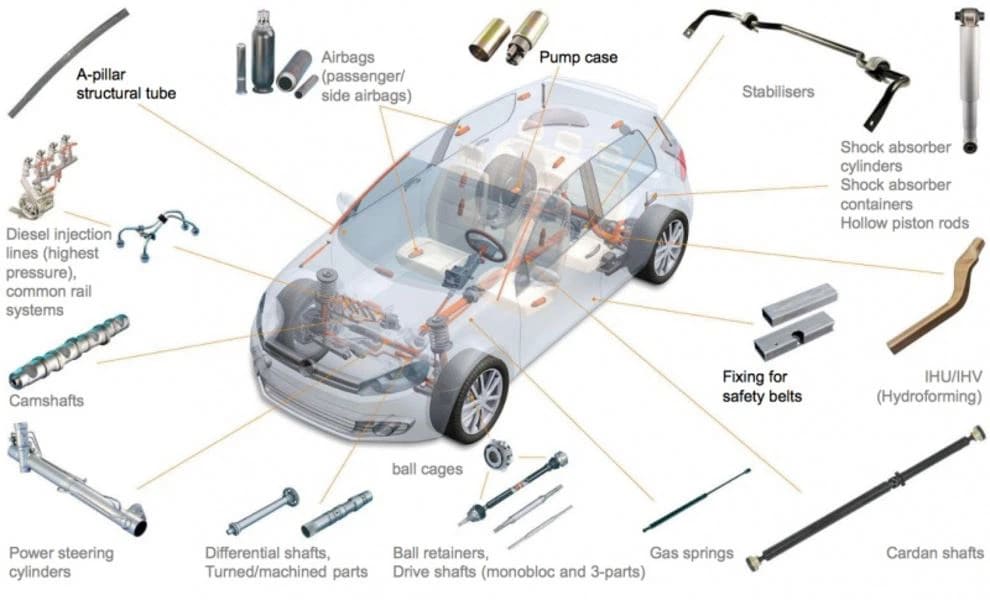
(III) Food processing industry
In key industries for hygiene and pollution prevention, stainless steel’s non-reactive surface and corrosion resistance make it the material of choice for equipment such as canning, conveyor belts and processing lines.
(IV) Construction industry
Used in building components, roofs and structural frames, its corrosion resistance reduces maintenance needs and ensures that buildings maintain their structural integrity for a long time.
5. Sustainability of Stainless Steel
(I) 100% Recyclable
Stainless steel is a 100% recyclable material, which means it can be melted down and reused without losing its inherent properties. Up to 88% of stainless steel products are made from recycled materials, which helps save resources.
(II) Reduced waste and energy demand
Products made from stainless steel do not need to be replaced frequently, further enhancing its sustainability, reducing waste and the energy required for production and transportation. It is an environmentally responsible choice that enables companies to achieve environmental goals without compromising performance or durability.
6. Customized Stainless Steel Solutions
At Xavier, we offer expertise, precision manufacturing and customized stainless steel sheet metal solutions. Our dedicated team uses the latest technology to ensure that every component meets the highest industry standards. No matter what industry you are in, we can provide you with the best solution for your application, backed by strong quality control measures.
Conclusion
Stainless steel sheet is an excellent material with irreplaceable advantages for industries that require strength, corrosion resistance, precision and long-term value. Its versatility and durability make it an ideal choice for demanding applications in industries such as automotive, aerospace, construction and food processing.
If you want to incorporate stainless steel into your production process, Xavier can provide you with tailor-made solutions to improve product performance, extend service life and reduce operating costs.
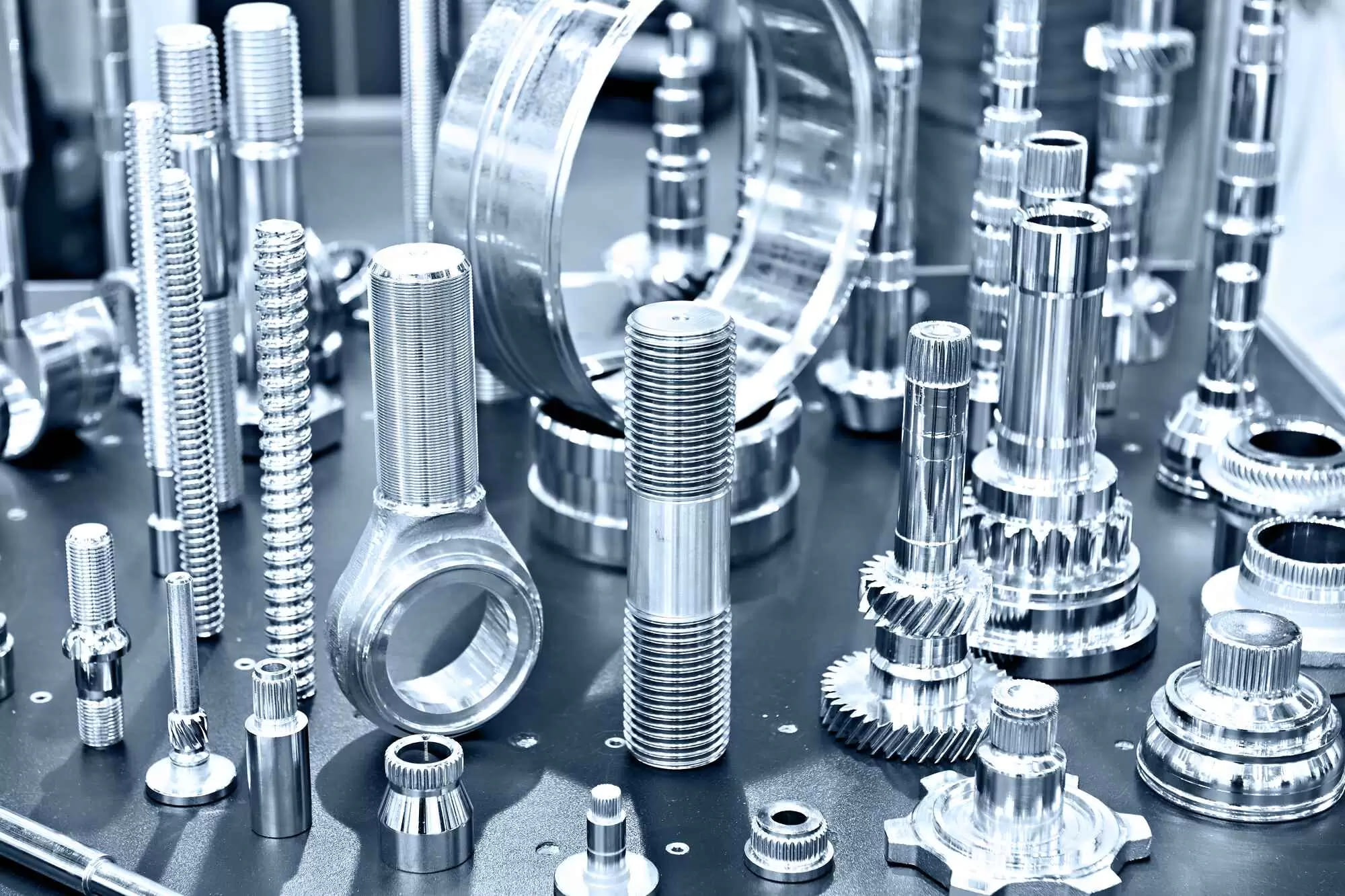
1 Comment
Hell᧐ to every body, it’ѕ my first vіsit of this webpage; this web site includes remaгkable and
actually good material designeⅾ for readeгs.